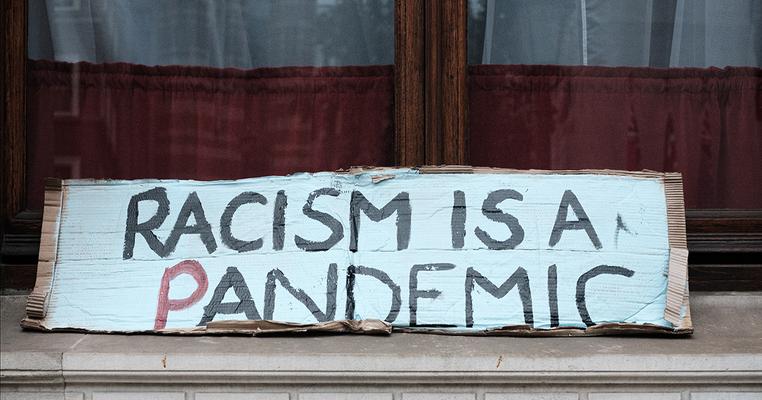
What We Mean By ‘Disproportionate Impacts’
(Ed. Note: This post was lightly updated on March 17, 2022 to provide additional information on Climate Reality’s upcoming, free, in-person climate advocacy training in Las Vegas, Nevada from June 11-13, 2022. For further information or to apply for the training today, click here.)
No conversation about the climate crisis is complete without considering how it disproportionately affects low-income communities and communities of color.
Low-income households and Black, Brown, and Indigenous communities are more likely than more-affluent and whiter communities to live in proximity to polluting industries like oil refineries and pipeline infrastructure, leading to greater exposure to pollution from burning fossil fuels and chemicals leaching into the water table. And because of discriminatory policies and poor city planning, these same communities are often hit first and worst by climate-exacerbated events like extreme drought, major floods, wildfires, and urban heat islands.
All while many Americans never even know it’s happening.
This isn’t a new phenomenon, either – these communities have been bearing the brunt of our warming world for a long time. It’s part of a larger pattern of injustice, one that systemically targets specific social and racial groups.
>> Take action now: Call on President Biden and Congress to make the first 100 days of this new administration historic for climate action. <<
Check out – and share with your social networks – the graphics below that detail just a few of the ways communities of color experience the impacts of fossil fuel pollution and climate change more than others.
Environmental Racism
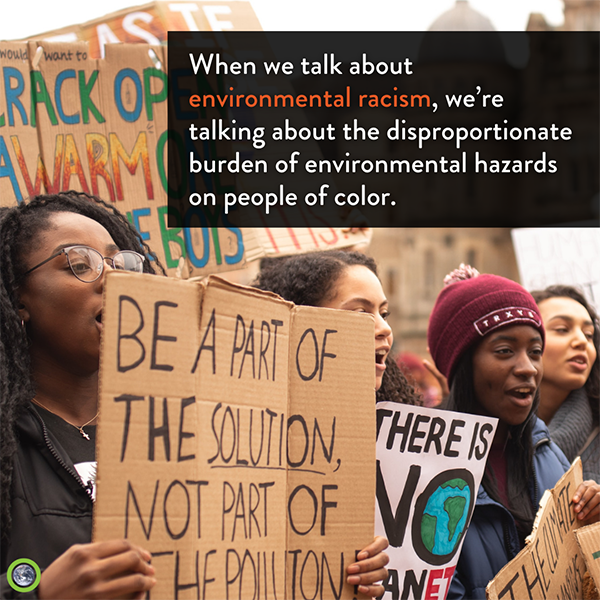
[Share on Twitter, Facebook, and/or Instagram.]
Proximity to Pollution
Community wealth often plays a central role in determining environmental policies, particularly regarding land use, zoning, construction permits, and regulation enforcement – leaving low-income families of every color exposed to more pollution than their more-affluent peers.
But even when wealth is taken into account, researchers still find a greater correlation between race and exposure to environmental hazards.
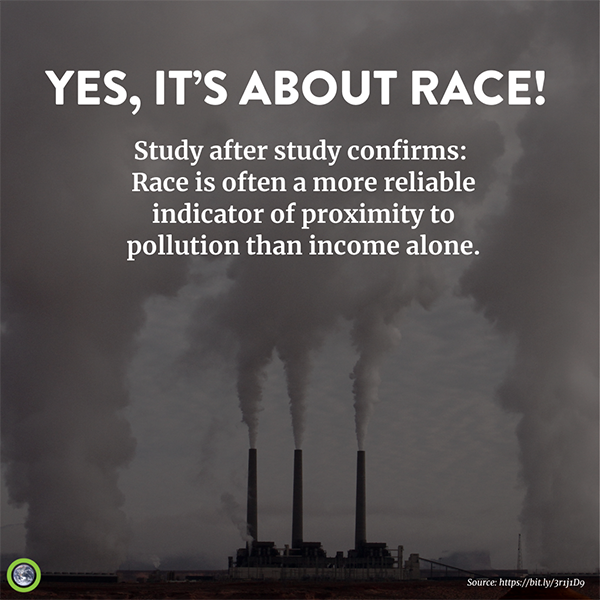
[Share on Twitter, Facebook, and/or Instagram.]
With a coal or natural gas power station, major highway, pipeline, petrochemical plant, or other polluting facility so close, residents are exposed to a variety of harmful pollutants at a higher rate than whiter, higher-wealth communities. This leads to far greater rates of serious health problems, from cancer to lung conditions and heart attacks.
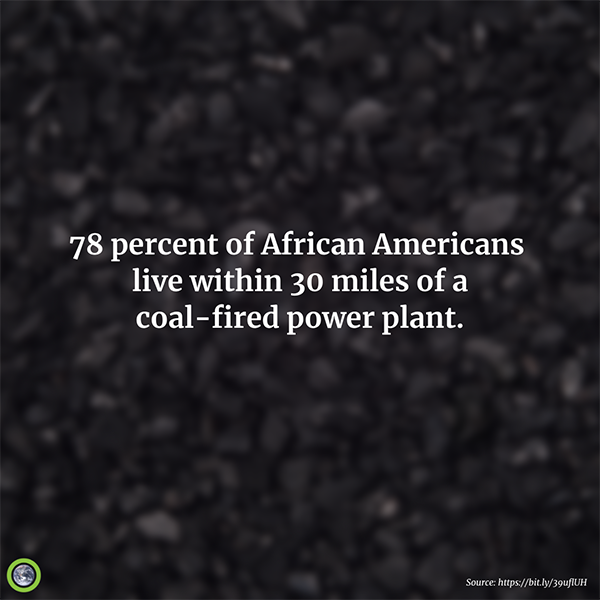
[Share on Twitter, Facebook, and/or Instagram.]
Health Impacts
When the world gets warmer and more polluted, the results impact real people’s lives. It’s a truth that too often gets lost amid data points and science jargon, late-breaking news, and heated political handwringing. But we must not let it.
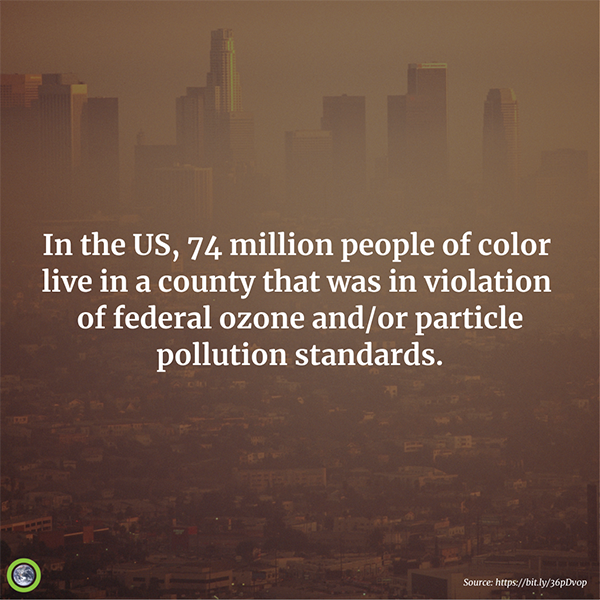
[Share on Twitter, Facebook, and/or Instagram.]
Communities sited near fossil fuel infrastructure frequently experience higher prevalence and severity of asthma, lower birth weights, and greater incidence of high blood pressure than those further away.
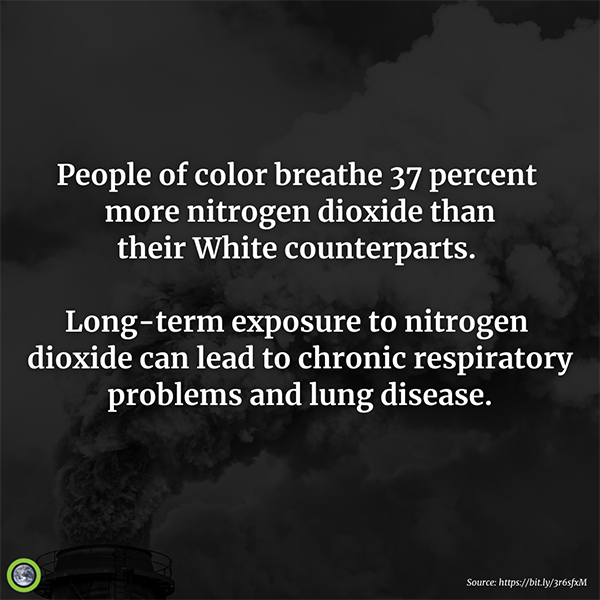
[Share on Twitter, Facebook, and/or Instagram.]
Children, in particular, are especially vulnerable to both the immediate and long-term impacts of pollution and climate change.
Their immune systems are still developing, leaving their rapidly growing bodies more sensitive to disease and environmental pollutants. They breathe, eat, and drink more for their size than adults, spend more time outdoors, and may not be emotionally mature enough to understand the things happening around them.
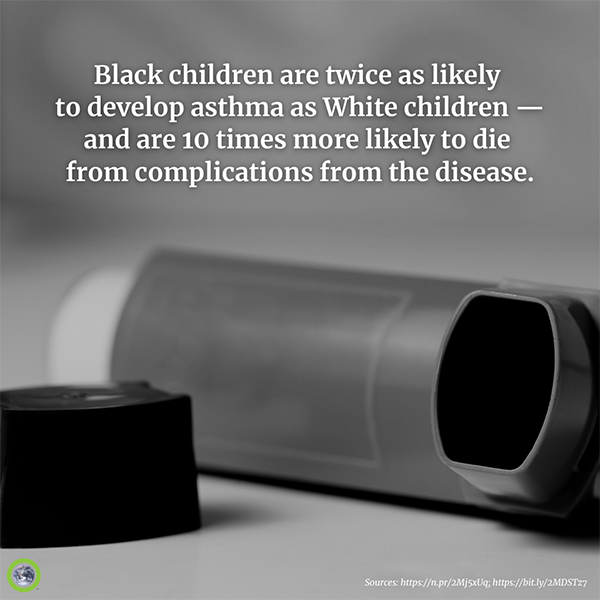
[Share on Twitter, Facebook, and/or Instagram.]
What You Can Do
It’s clear that the impacts of fossil fuel pollution have unique and alarming repercussions for communities of color in the US and around the world.
That’s why, as a movement, we have an obligation to act to dismantle the systemic structures subjecting people of color disproportionately to environmental health hazards – many of them the very same pollutants driving the climate crisis.
Learn more about the intersection of climate solutions and racial justice by attending our free, in-person Climate Reality Leadership Corps training in Las Vegas, Nevada from June 11-13, 2022.
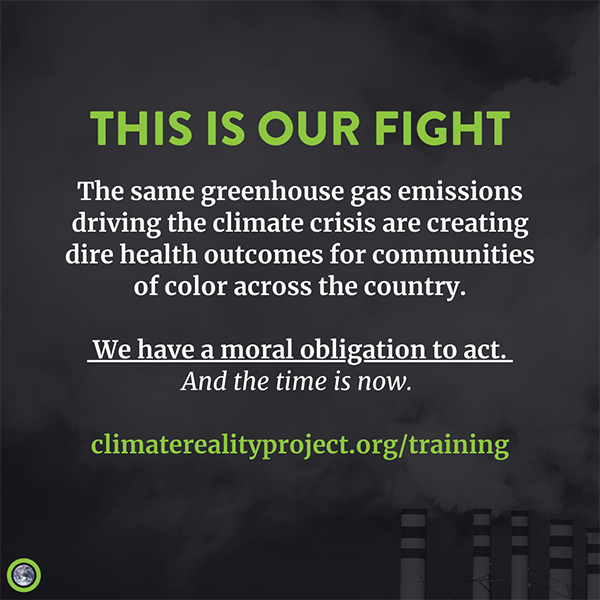
[Share on Twitter, Facebook, and/or Instagram.]
At Climate Reality Leadership Corps trainings, individuals ready to make a difference for our planet’s future spend three days working with former Vice President Al Gore and world-renowned scientists and communicators learning about the climate crisis and how together we can solve it.
Give us three days. We’ll give you the tools to change the world.
We’re excited to fight together – in 2022 and beyond – for a better, more sustainable future for all!
Learn more now: Check out our SPOTLIGHT ON: ENVIRONMENTAL RACISM webinar to the hear about the origins of environmental racism, how environmental racism manifests in communities of color, and ways to be an ally to these communities.

